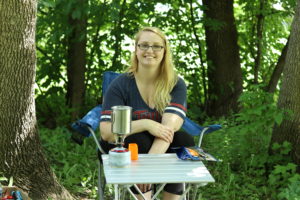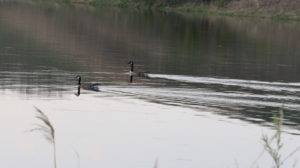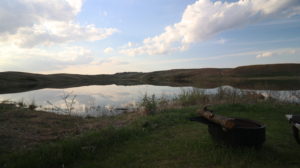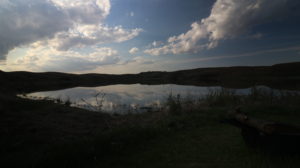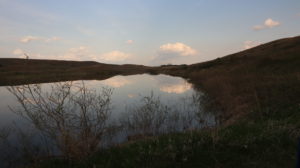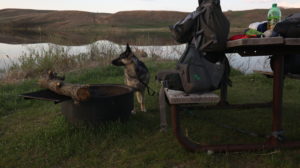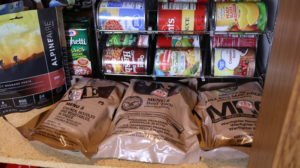Today was my first time canning. I’m going to share with you what I wish I had for this adventure.
The Decision to Can
I made pepper jelly and canned it today. I have never canned anything in my life, nor have I ever made jelly! Dehydrating – yes, but canning – no! Christmas is upon us though, and nothing feels better to give than something you made yourself. To say I was unprepared would be an understatement, ha. I’m going to share my experience, and then share somethings that I wish I had had to make my first time canning easier.
This whole jelly project started with a game our family plays for Christmas, and we always play a round where the gifts up for grabs are homemade. I’ve always wanted to can, but never really had a reason. Also, I really don’t know too much about it. The family likes pepper jelly with cream cheese and crackers though, so I thought “Heck, let’s go all-in!”
I picked up a box of Mrs.Wages pepper jelly kit, which seemed like the easiest route to introduce myself to canning.
Picking Up Ingredients
At my local grocery store, I picked up 8 green bell peppers and 2 beautiful, red bell peppers. I figured I had everything else at home. Fast forward to this morning, I wake up, super pumped to make this jelly. I start chopping the peppers and throw them in my food processor (which I had luckily just received or I’m not sure what I would’ve done, ha.) Everything is going well until I need to strain the juice from the pepper puree. Cheesecloth is not something I have at home, and paper towels would soak up too much of the juice. Kory saved the day with a bandana and I was able to get my 5 cups of juice! Cheesecloth is definitely something I will be keeping on hand from now on.
Now I’m at the part where I am supposed to be adding the lemon juice, vinegar, and packets from the Mrs.Wages kit. Vinegar…where is my vinegar?! I could’ve sworn I had some, after looking high and low I was clearly out. So, another run to the grocery store. I pick up beef sticks while I’m there, to make sure I have the strength to get through this.
I’m Actually Canning
Finally, I can really get started. I add my pepper juice, lemon juice, vinegar and the jelly packets to the saucepan and mix. Then I need to warm up my jars, so I make a small water bath in my largest stockpot. While my stockpot did work for this, a canner would be a better fit. Because a canner can hold more water and come with a jar rack. Jar racks are for keeping the jars off the bottom of the pot where the most direct heat is. Keep jars away from direct heat so they don’t accidentally shatter from getting too hot.
I get my first 5 jars (my stockpot only held 5 half-pints at a time) into the hot water with my trusty tongs and boil for five minutes. Using tongs was definitely tricky and I was wishing I had a jar lifter. Jar lifters are created to get jars in and out of hot water safely. Using tongs is something I will NEVER do again, and I’m sure my hands will thank me.
Success
I was pleasantly surprised that after all of this, my lids SEALED! As a result, I successfully canned my first batch of anything. As I am sharing my ordeal with you, my first batch of pepper jelly is coming to room temperature and 24 hours from now should be ready to eat. I am officially a canner.
I hope you laughed a little with me and enjoyed these tips I wish I had known. Please make sure to come back for future canning adventures with me!














